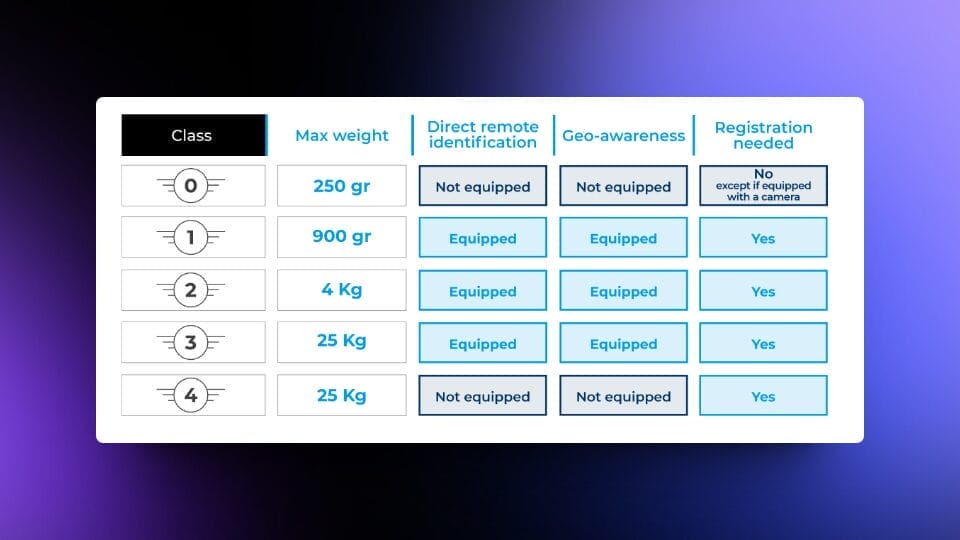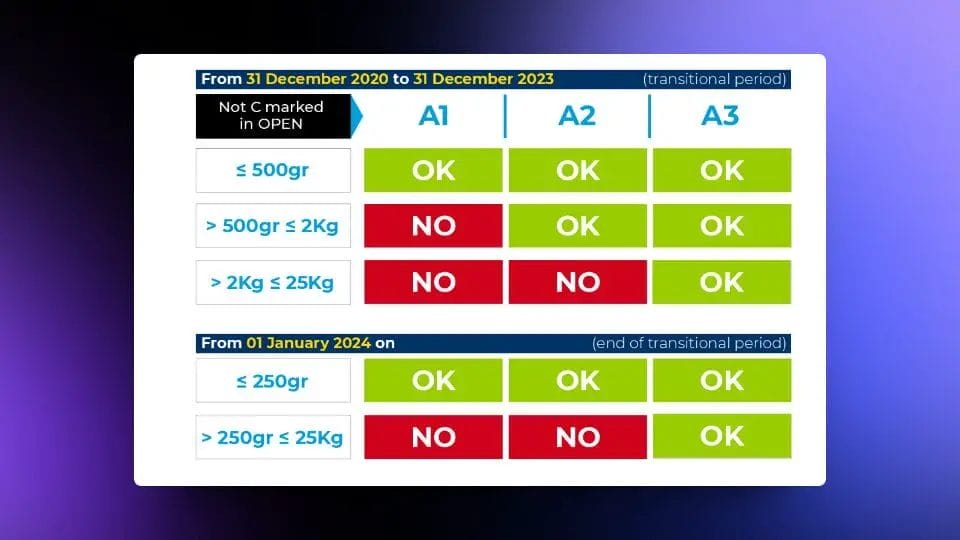Flying drones in Europe The Complete Guide
Being a travel blogger it is always comes into the mind to shoot the location from the Drone Perspective, But flying Drones in Europe is not a easy task.
Unless you want to fly illegally then you have no problem to be worried about. In this post we will be sharing all the information you need about flying drones in Europe. It is the first post in our series of Drone related post.
The page describes where you can use your drone pilot license, the duration of your registration as a drone operator, and what to keep in mind when traveling within and outside of Europe. Additionally, if you are a drone visitor from outside of Europe, you might find this fascinating.
Quick Tip: Discover how to obtain your EU Drone License quickly and effortlessly with Drone Class’s expert guidance. 📜🤝 Say goodbye to the hassles of navigating the bureaucratic maze and say hello to flying high in Spain legally and confidently! 🌄🚀
Flying drones in Europe The Complete Guide

Flying drones in Europe The Complete Guide
Flying drones in Europe The Complete Guide
One drone operator registration for all EASA Member States
Once in your home nation or primary place of business, you must register as a drone operator. You will be given a special drone operator registration ID that can be used on your drone(s) in all EASA Member States.
You only need to make sure that your operator registration ID, issued in your country of residence or place of work, is clearly visible on your drone(s) if you are transporting them to another EASA Member State.
Flying drones in Europe The Complete Guide
Drone pilot certificate validity across EASA Member States
All drone pilot certificates granted by any EASA Member State will be accepted in all other EASA Member State nations under the new European Drone Regulation. Pilot certificates are not issued by EASA itself.
Therefore, if you obtained a remote pilot competency certificate in one EASA Member State, took the required online training, and passed the drone pilot exam, you are authorized to fly a drone in any other EASA Member State.
Flying drones in Europe The Complete Guide
Travelling outside Europe with your drone
You must abide by local drone operating and flying laws if you take your drone anyplace outside of the EASA Member States.
The majority of the general aspects (registration, ID number, pilot training and exam, pilot certificate, where to fly or not to fly, etc.) will be conceptually very similar to those in place in EASA Member States in countries with well-regulated drone systems.
However, national aviation authorities in EASA Member States do not immediately recognize drone operators IDs and pilot certifications in non-EASA Member States.
To find out what to do, get in touch with the aviation authorities of the states you intend to visit. Like when I was planning to visit to Montenegro I had to check and follow some different drone rules there because of the trip.
Flying drones in Europe The Complete Guide
Non-EU residents visiting Europe
You must register as a drone operator with the National Aviation Authority of the first EASA state you intend to operate from if you are a resident of a non-EASA Member State and intend to travel to and use a drone in an EASA Member State.
This is valid once you have registered in the host EASA Member State and throughout the other EASA Member States. No further registration with another EASA Member State is required.
Additionally, you must complete training, pass an online exam for a drone pilot’s license, and obtain a European certificate in any EASA Member State. The training and test are offered in English by some National Aviation Authorities.
Of course, you also have to abide by European Drone Laws.
To prepare for your trip, please take time to review all information on drones published on EASA Pro and check the list of EASA Member States’ ‘Drones – National Aviation Authorities’.
General Rules for Flying a Drone in the European Union
Under the new regulations, there are three operational categories that determine drone regulations based on the weight of the drone and the intended operation.

Open Category
A drone can be operated in the “Open “category if:
- One of the class identification labels for the drone is 0, 1, 2, 3, or 4.
- The drone was purchased prior to January 1, 2023, and it lacks the aforementioned class identification label.
- The maximum takeoff mass of the drone is less than 25 kg (55 lbs).
- The drone is kept safely away from people by the remote pilot.
- Unless the drone carries a class identification label or weighs less than 250 g, it cannot be flown directly over humans (0.55 lbs). (To learn where you can fly your drone, please see the subcategories of operations: A1, A2, and A3)
- A UA observer will aid the remote pilot if necessary to preserve visual line of sight (VLOS).
- The remote pilot won’t fly the drone higher than 120 meters (400ft).
- The drone won’t drop any materials or transport any hazardous cargo.
What happens if you drone doesn’t have the class marking
Since this rule about the Classes and Category came when the EASA announced these changes and for example I have my drone before that time my drone doesn’t have the class marking on it.
So what I need to be aware of is that in which class my drone falls and follow the rule according to that.
You have to check the same as per the image which I have shared before and identify
As of now starting 2024 all the legacy drone have ben categorized in 2 ways only
- Less than or Equal to 250gm should be flown in Open A1
- More than 250 gm should be flown as OPEN A3.
- So that means you have nothing like OPEN A2 category available for the legacy drone.

Flying drones in Europe The Complete Guide
Do you need Liability Insurance?
The answer is yes, normally there are some countries which allows you to fly drone without liability insurance for Mavic Mini but in general you need that.
You can get more information about that here.
What to do when there is an accident?
Well, you have to inform about the accident to the authorities. There is an incident reporting system for informing about the accident be it of any type
If you are flying in the open category you have to report in case of any situation mentioned below
- Fatal Injury to a person
- Serious injury causing burns, broken bones, hospitalization.
- When you get into an incident with manner aircraft.
You can report by using the link here
What is Visual Line of Sight?
Drone flying in open category should be carried out in VLOS which means visual line of sight.
So you have to make sure that you are able to watch your drone when you are flying so that you can avoid the accident.
Some special scenario where operations are also considered as VLOS are
- the Follow me mode of the drone where the distance in between the pilot and the drone is less than 50m.
- FPV mode with googles and the pilot is assisted with visual observer.
Am I allowed to fly over people?
Generally you are not allowed but there are exceptions
Exceptions in OPEN A1 are limited:
- Drones falling under C0 category or weighing less than 250 grams can fly over isolated individuals, but with great care.
- For drones classified as C1, flying over people should generally be avoided. In case of accidental overflight, minimize the duration as much as possible.
- When uncertain or unclear about regulations, refrain from flying over individuals to avoid engaging in reckless behavior, which is against the law.
Share this article with other drone operators & pilots
Chasing Whereabouts has compiled this article to ensure drone operators and pilots have the right information at hand whilst travelling.
Share this page with other operators and pilots!
For more detail check the EASA website.
Get your Notion Travel Planner Template!
Embark on your next adventure with the Wanderlust Planner, the ultimate Notion Travel Planner Template. Organize your wanderlust-fueled dreams and turn them into unforgettable journeys. Whether you’re a seasoned globetrotter or a newbie explorer, this template has you covered.







